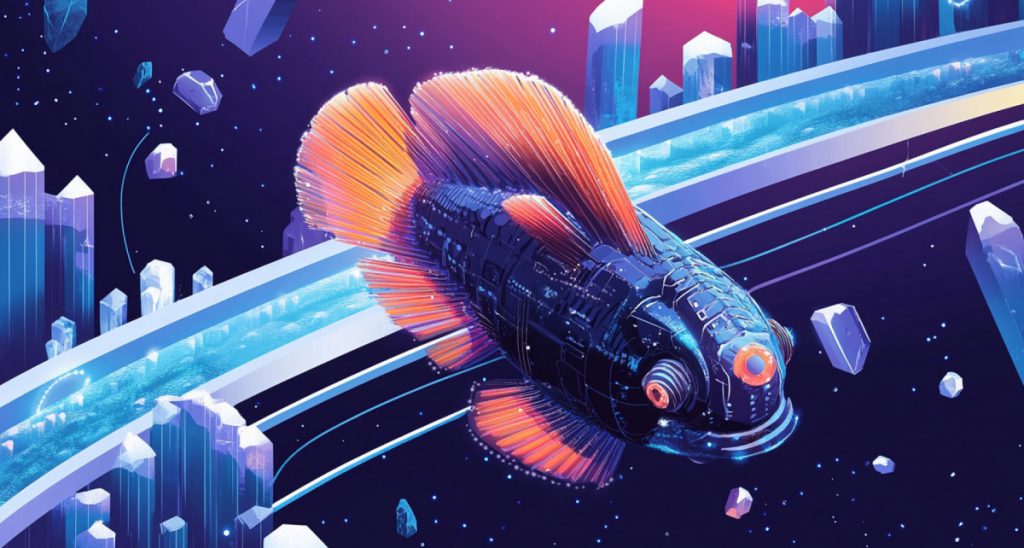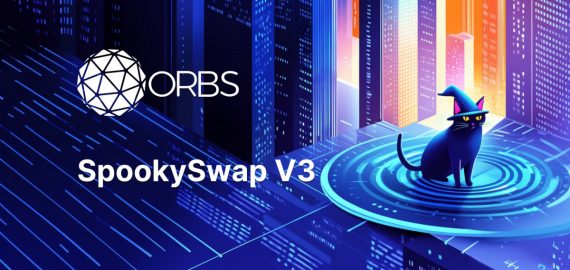Sakana AI Introduces Text-to-LoRA: A Hypernetwork For Generating Task-Specific LLM Adapters


In Brief
Sakana AI has introduced Text-to-LoRA, a hypernetwork method that generates task-specific LoRA adapters for LLMs from natural language descriptions.

Japan-based AI firm Sakana AI has introduced a new approach called Text-to-LoRA, a hypernetwork architecture designed to generate task-specific Low-Rank Adaptation (LoRA) modules for large language models (LLMs) based on textual task descriptions.
This method draws inspiration from biological systems, particularly the way living organisms can quickly adapt to environmental stimuli using limited input—such as how human vision adjusts to varying light conditions. In contrast, modern LLMs, while capable and broad in knowledge, typically require labor-intensive fine-tuning and large datasets to adapt to specific tasks.
Text-to-LoRA, or T2L, addresses this challenge by training a hypernetwork to interpret a natural language prompt describing a task and then produce a corresponding LoRA adapter optimized for that task. Experimental results suggest that T2L can effectively encode a wide range of pre-existing LoRA modules. While the compression introduces some loss, the resulting adapters still achieve comparable performance to those tuned directly for the task.
Additionally, T2L demonstrates the ability to generalize to new tasks not seen during training, provided a clear text-based description is available. The system’s strength lies in its efficiency—it produces LoRA adapters through a single, lightweight generation step, requiring no further task-specific fine-tuning.
This development reduces the barriers associated with customizing foundation models, making it feasible for users with minimal technical expertise or limited computational resources to create specialized model behaviors using only natural language.
Sakana Advances Nature-Inspired AI
Sakana AI is a Tokyo-based AI research organization that explores AI development through methodologies influenced by natural systems. Rather than relying on singular, large-scale models, the company focuses on combining multiple smaller, autonomous models to function as a coordinated collective, drawing conceptual parallels to biological systems such as schools of fish. This strategy emphasizes adaptability, efficiency in resource usage, and long-term scalability.
The company recently introduced the Darwin Gödel Machine, a self-modifying AI agent capable of revising its own code. Inspired by evolutionary theory, this system maintains a lineage of variant agents, allowing continuous experimentation and refinement across a broad spectrum of self-improving architectures.
Disclaimer
In line with the Trust Project guidelines, please note that the information provided on this page is not intended to be and should not be interpreted as legal, tax, investment, financial, or any other form of advice. It is important to only invest what you can afford to lose and to seek independent financial advice if you have any doubts. For further information, we suggest referring to the terms and conditions as well as the help and support pages provided by the issuer or advertiser. MetaversePost is committed to accurate, unbiased reporting, but market conditions are subject to change without notice.
About The Author
Alisa, a dedicated journalist at the MPost, specializes in cryptocurrency, zero-knowledge proofs, investments, and the expansive realm of Web3. With a keen eye for emerging trends and technologies, she delivers comprehensive coverage to inform and engage readers in the ever-evolving landscape of digital finance.
More articles

Alisa, a dedicated journalist at the MPost, specializes in cryptocurrency, zero-knowledge proofs, investments, and the expansive realm of Web3. With a keen eye for emerging trends and technologies, she delivers comprehensive coverage to inform and engage readers in the ever-evolving landscape of digital finance.


















































